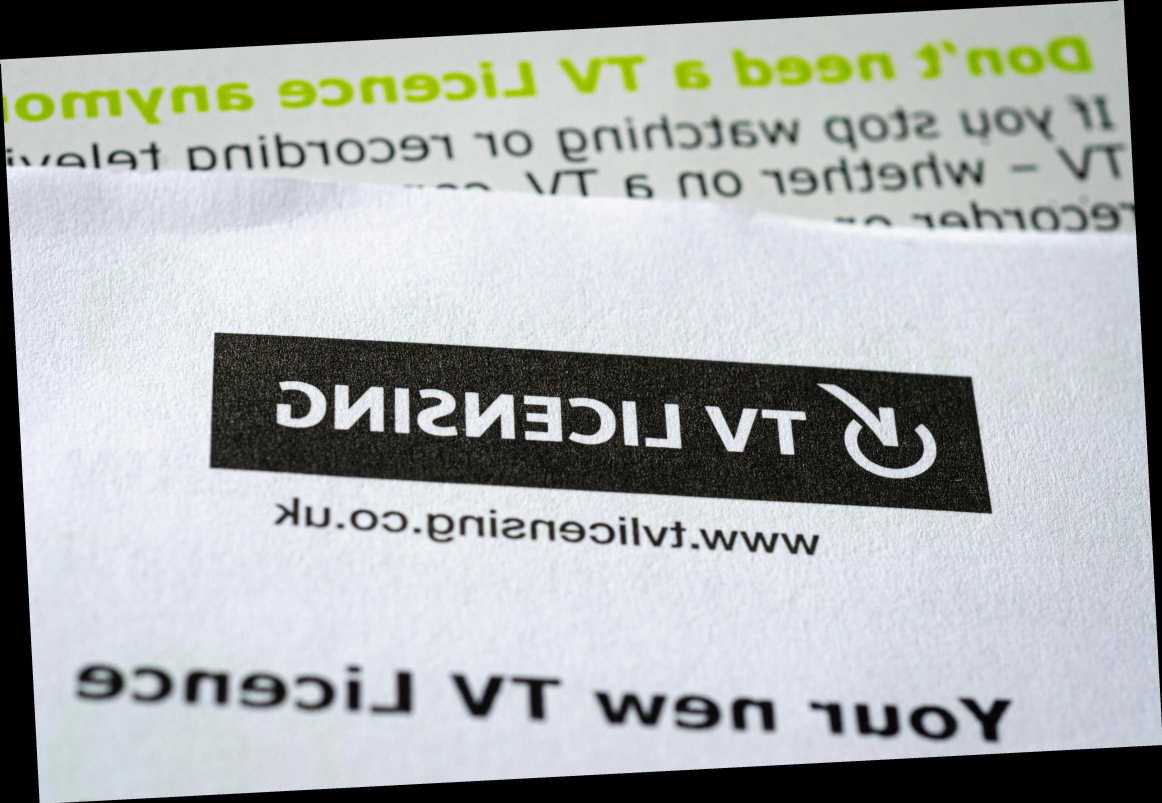More On:
south korea
North Korean defector in diving gear swims to South Korea, military says
North Korean hackers allegedly tried to steal Pfizer vaccine
Century 21 to reopen in South Korea later this year
Seoul to give free COVID-19 tests to pets
South Korea on Saturday honored an American news correspondent whose accidental discovery of secretly printed copies of the Korean Declaration of Independence led to the world learning of the nation’s efforts to end Japanese occupation.
The honor came in the form of dedicating the home Albert Wilder Taylor and his wife Mary built in Seoul as a historic site, UPI reported.
The couple built the home in 1923 and named it Dilkusha, meaning “Heart’s Delight” in Hindi. At the time, Taylor was a gold mining engineer and special correspondent for UPI and the Associated Press.
In a memoir, Mary Taylor wrote she was in a hospital in Seoul after having given birth to their son when her husband discovered secret copies of the manifesto in the baby’s bed.
A nurse had hidden the copies after Japanese officials raided activists’ secret printing operation in the hospital basement.
Taylor wrote a story about the historic document of the growing independence movement, which his brother William smuggled to Japan in his shoe, then telegraphed to the U.S.
“The declaration of Korea’s independence says that it represents the voice of 20,000,000 persons, speaking in the name of justice and humanity,” the story began.
In the ensuing years, Taylor covered mass demonstrations involving millions of South Koreans and a brutal crackdown by the Japanese, including a massacre involving dozens of people killed by soldiers inside a church.
Taylor was imprisoned by the Japanese in 1941 and the family was expelled the following year. He died in California in 1948 at age 73, three years after Korea’s liberation at the end of World War II.
“In an era when there were no phone calls or Internet, the only way to let the world know the voice of Koreans who fought fiercely against Japan’s colonial injustice was a foreigner’s pen,” acting Seoul Mayor Seo Jeong-Hyup said at a ribbon-cutting ceremony attended by Taylor’s granddaughter, Jennifer.
“Taylor was with Koreans as a recorder of the times and a witness of history, even at the risk of Japanese imprisonment and deportation,” Seo said.
“The Declaration of Independence of the March 1 Movement that Taylor reported became an important spark for the world to stand up for Korea’s independence.”
The house fell into disrepair, but after their son, Bruce, contacted a South Korean professor in 2005 hoping to find his childhood home, it was given new attention.
The family donated over 1,000 artifacts to the city, and a four-year renovation culminated in the historic designation.
Share this article:
Source: Read Full Article



